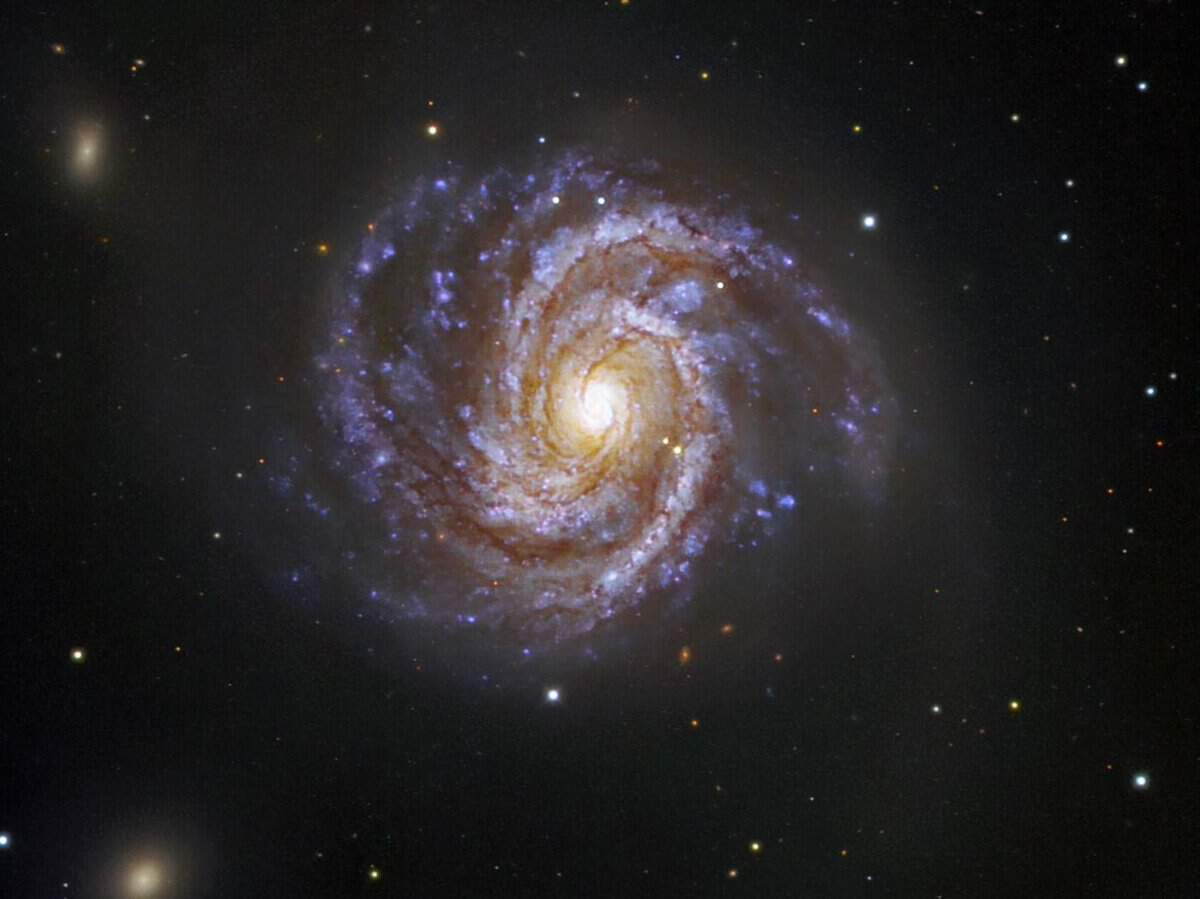Although often used interchangeably, the terms “cosmos” and “universe” actually have distinct meanings. Exploring these concepts is crucial for scientists to enhance their comprehension of the origins, evolution, and mechanics of our world. Now, let’s delve into the components of outer space and the constituents of the universe.
The main distinction lies in the contrast between outer space and the universe
Outer space, or simply space, refers to the vast expanse between celestial bodies, including our planet Earth. It is a vacuum characterized by its low-density particles, predominantly composed of hydrogen and helium plasma. Additionally, it encompasses magnetic fields, electromagnetic radiation, neutrinos, dust particles, and cosmic rays.
The universe, on the other hand, can be defined as the entirety of existence. It encompasses all forms of physical matter and energy, such as solar systems, planets, galaxies, and all other celestial contents. It is a more comprehensive concept that encompasses not only the physical entities within space but also incorporates the dimension of time, as well as all the fundamental physical laws and processes.
What is the definition of outer space?
Outer space refers to the vast expanse that lies beyond the Earth’s atmosphere and encompasses the area between celestial bodies. It is characterized by a lack of air and other matter, creating a partial vacuum. The boundaries of outer space are determined by the presence of magnetic fields and the prevailing “winds” within them, which extend until they transition into the fields of the surrounding space. In order to fully understand outer space, it is important to examine each of these distinct regions.
Near-Earth Space
The area surrounding our planet in outer space is commonly referred to as near-Earth space or near-Earth orbit. It comprises the different paths in which man-made satellites, space stations, and other spacecraft are positioned.
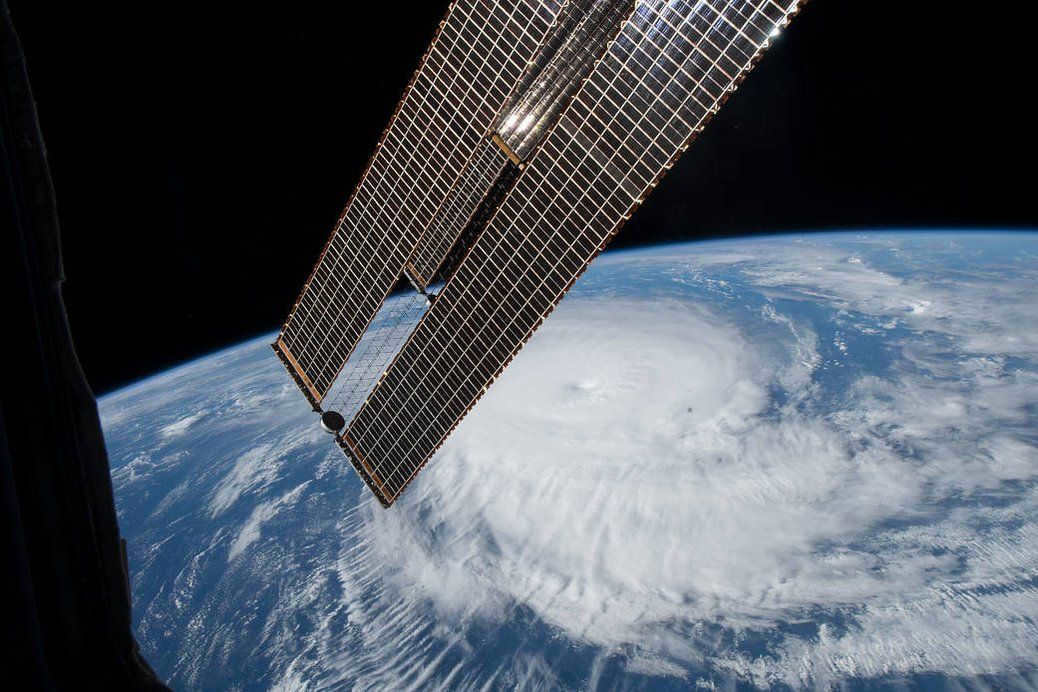
The region surrounding Earth known as near-Earth space can be categorized into various types of orbits, including low-Earth orbit (ranging from 160 to 2,000 km in altitude), medium-Earth orbit (ranging from 2,000 to 35,786 km in altitude), and geostationary orbit (located at 35,786 km in altitude). Notably, at an elevation of 100 km lies the Karman Line, which serves as the internationally recognized boundary separating the Earth’s atmosphere from outer space.
This medium is made up of the matter and energy that fills the solar system and allows for the movement of all large celestial bodies, such as planets, dwarf planets, asteroids, and comets. Prior to 1950, interplanetary space was believed to be either a complete vacuum or comprised of a theoretical substance known as “ether,” which was thought to be present everywhere and could produce electromagnetic waves through vibration.
In reality, interplanetary space contains interplanetary dust, cosmic rays, and the hot plasma of the solar wind. The temperature of the interplanetary medium can vary. In the asteroid belt, dust particles experience temperatures ranging from -73 °C to -108 °C.
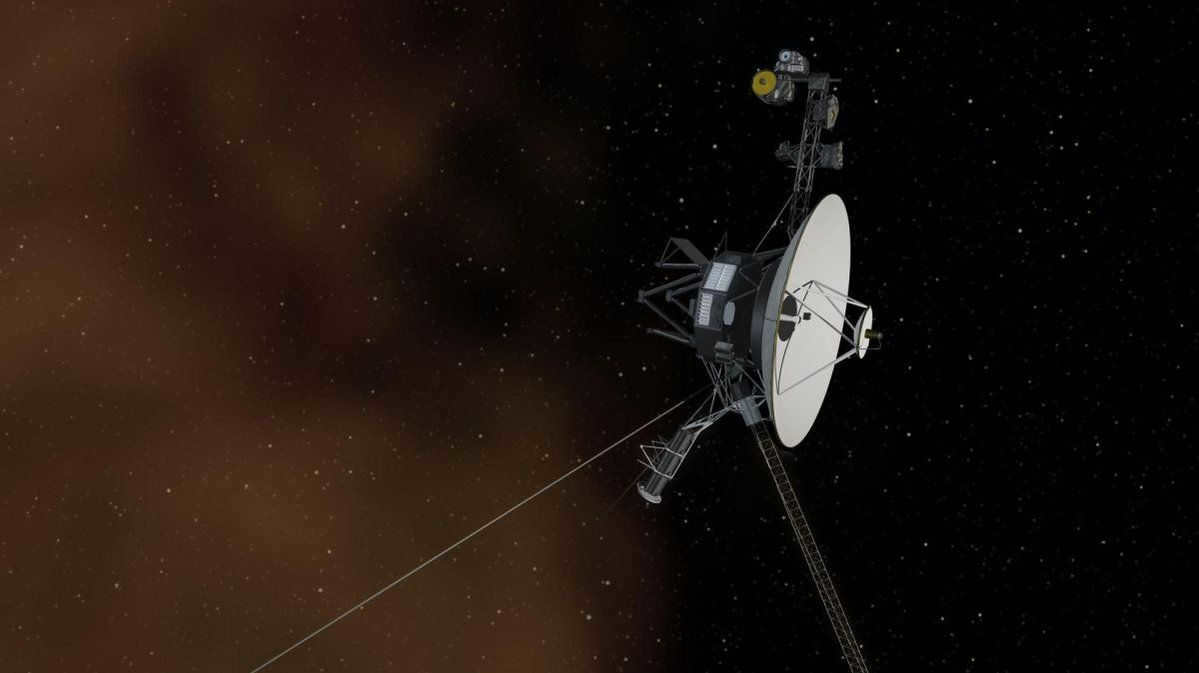
The interaction between the interplanetary medium and celestial bodies is determined by the presence or absence of magnetic fields. In the case of the Moon, which lacks a magnetic field, the solar wind directly impacts its surface. On the other hand, planets like Earth and Jupiter, which have their own magnetic fields, are surrounded by a magnetosphere that dominates the solar field. This magnetosphere acts as a protective shield, safeguarding the planet from the charged particles carried by the solar wind.
Outer space beyond the solar system
The point where the influence of matter and the Sun’s magnetic field ends is known as the heliopause, marking the beginning of interstellar space. Surrounding the entire solar system, the heliosphere is a region of outer space filled with plasma emitted by the Sun. As the solar wind reaches the heliosphere’s boundary, it encounters the plasma from interstellar space, resulting in a deceleration.
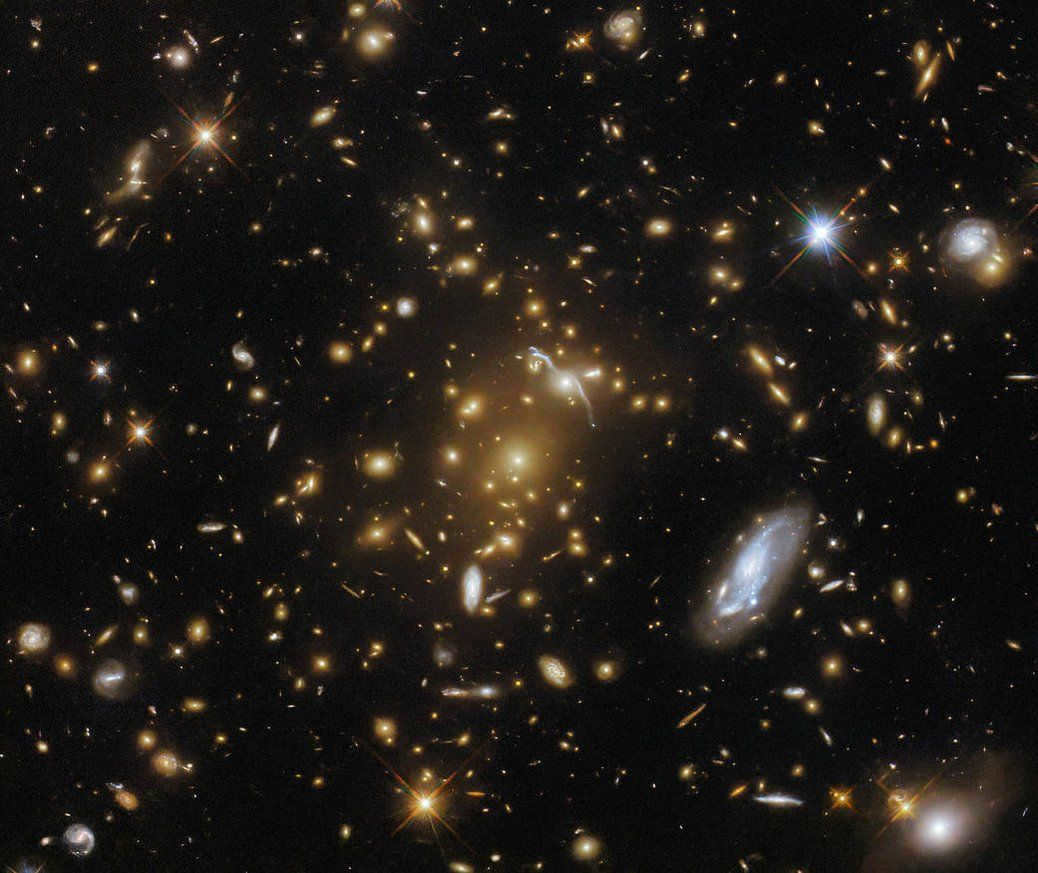

The cosmos is filled with galaxies that are connected by sparse plasma, which creates intricate filament-like structures. This plasma, composing the intergalactic medium, primarily consists of ionized hydrogen.
Due to the intense heat reaching tens of thousands or even millions of degrees, the intergalactic medium can be observed through telescopes on Earth. This high temperature enables electrons to separate from the hydrogen nuclei during collisions. Scientists can detect the energy released from these collisions in the X-ray spectrum. NASA’s Chandra X-ray Observatory, a space telescope specifically designed for X-ray exploration, has discovered expansive clouds of hot intergalactic medium in areas where galaxies converge as clusters.
Stars in intergalactic space are also discovered by astronomers. These stars, known as intergalactic or rogue stars, are believed to have been expelled from their original galaxies due to the influence of black holes or as a result of collisions with other galaxies. According to a study conducted in 2012, over 650 of these stars were observed at the outskirts of the Milky Way. However, some estimates propose that there may be trillions of these stars scattered across the universe.
What is the nature of the cosmos?
The nature of the cosmos can be defined as the totality of everything that exists. This includes all matter, energy, celestial bodies, and the space they inhabit. It encompasses the physical dimensions of space and time, as well as the various phenomena that occur within it. The cosmos is a vast and complex system, composed of galaxies, stars, planets, and countless other cosmic objects.
The universe, which is a part of the cosmos, is believed to have originated approximately 13.8 billion years ago in an event known as the Big Bang. Since then, it has been expanding continuously, with galaxies and other celestial bodies moving away from each other. These galaxies are held together by the force of gravity, forming clusters and superclusters.
Within galaxies, there are various structures and objects, including stars, planets, asteroids, comets, and interstellar gas and dust. These components interact with each other through various physical processes, giving rise to the diverse phenomena observed in the cosmos.
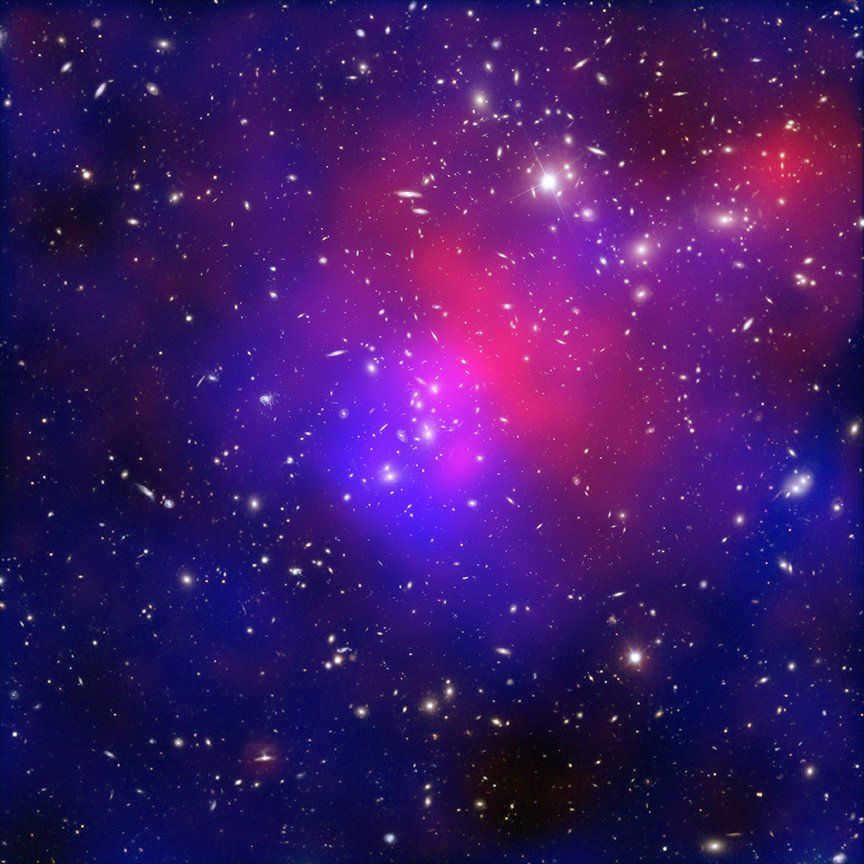
At the largest scale, galaxies are evenly distributed in all directions, indicating that there is no boundary or center to the Universe. On a smaller scale, galaxies cluster together to form massive filaments and voids in space.
What sets the cosmos apart from the universe?
While these terms are often used interchangeably, there are distinctions between them. The Universe encompasses everything that exists, including time, space, matter, and the laws that govern them. On the other hand, the concept of Space typically refers to the empty expanse between celestial objects. In this context, it is perceived as a vacuum filled sparsely with gaseous matter and other types of energy. The universe is commonly associated with disorder, while outer space is often associated with order.
Comparing Space and the Universe
Space is the term used to describe the empty expanse that exists between celestial objects. On the other hand, the universe encompasses everything – all physical matter, energy, systems, planets, galaxies. It not only includes the vast stretches of space between celestial objects, but also encompasses other dimensions such as time, space, and the potential laws of physics.
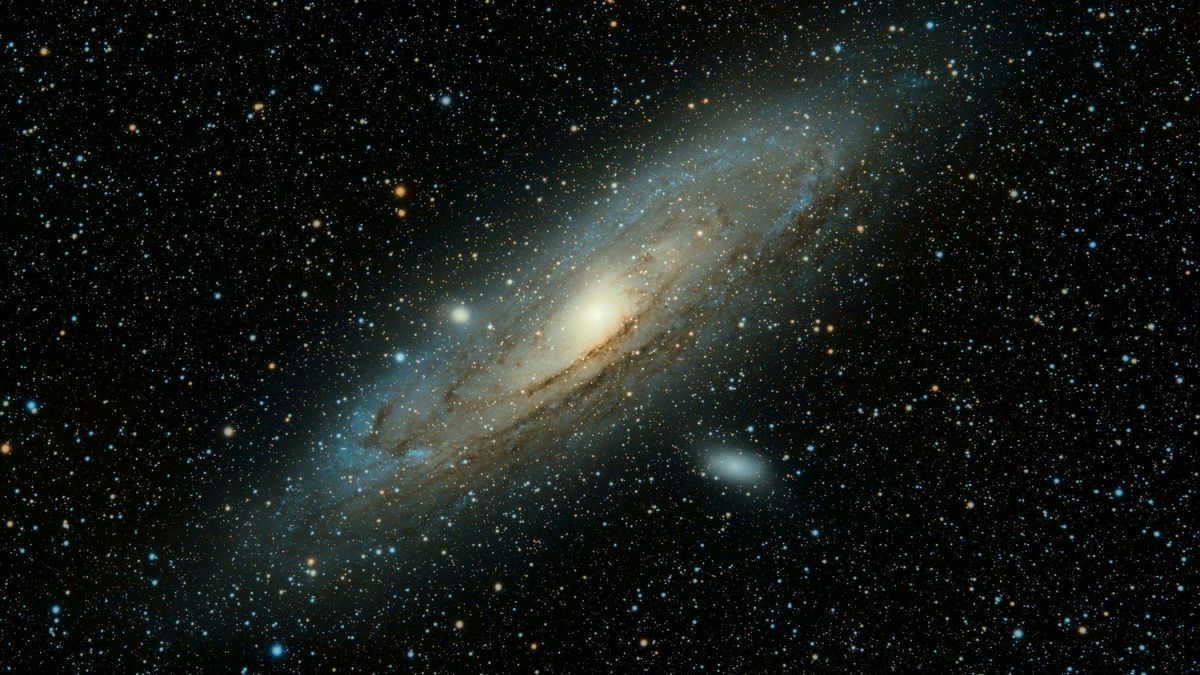
The cosmic environment does not encompass celestial bodies, but rather the empty space that separates them. Nonetheless, it does contain, although in very sparse quantities, hydrogen ions and atoms, cosmic rays and electromagnetic radiation, as well as theoretical dark matter. The universe encompasses all celestial bodies.
The constituents of space include magnetic fields, electromagnetic radiation, neutrinos, particles of dust, and cosmic rays. The universe consists of planets, stars, galaxies, and space itself.
The primary distinction between these concepts lies in the fact that the former pertains to the empty space between celestial bodies, whereas the latter encompasses the entirety of physical matter and energy, star systems, planets, galaxies, and everything else in outer space. Therefore, space is a constituent of the universe.
Here’s another fascinating topic:

The universe
The cosmos has always captivated humanity throughout history. Gazing at the mesmerizing stars and the endless expanse of space, individuals have longed to embark on a journey of exploration. Yet, the cosmos is a vast realm, posing significant challenges to such endeavors. Despite possessing the technological capabilities to venture beyond Earth’s atmosphere, the progress of space exploration remains sluggish.
Space is the vast expanse in the cosmos that lies beyond the atmospheres of planets. It is populated with trace amounts of hydrogen, oxygen, and dust particles, with concentrations as low as a few molecules per cubic meter.
The interstellar medium also contains electromagnetic radiation and cosmic rays, which consist of fast-traveling atomic nuclei and elementary particles.
Limitations


The Earth has various boundaries in space that are located at different distances:
- At an altitude of 35 km, water can no longer exist as a liquid because it boils even at zero temperature due to the atmospheric pressure of 611 Pa;
- At 100 km, the officially recognized boundary between the Earth’s atmosphere and near space is crossed. Beyond this boundary, space travel is required instead of aeronautics;
- At 100 thousand kilometers, the exosphere, the uppermost layer of the atmosphere, reaches its outer boundary;
- At a distance of 260,000 kilometers from Earth, the planet’s gravity is stronger than that of the sun.
- The beginning of interstellar space and deep space is at a distance of 13 billion kilometers;
- The boundary of the Oort Cloud, beyond which the gravity of the Solar System does not apply, is at a distance of 20 trillion km;
- The distance to the boundary of the Milky Way is 300 square kilometers;
- The boundary of the Local Group of galaxies, which includes the Milky Way, Andromeda and Triangle, is at a distance of 30 square kilometers;
- The limit of visibility of matter in outer space is 250 square kilometers;
- The limit of visibility of radiation is 870 square kilometers.
Interesting fact: In most cases, astronomers do not use kilometers to measure distance, but parsecs, which equals 30.8568 trillion km.
What sets the cosmos apart from the Universe
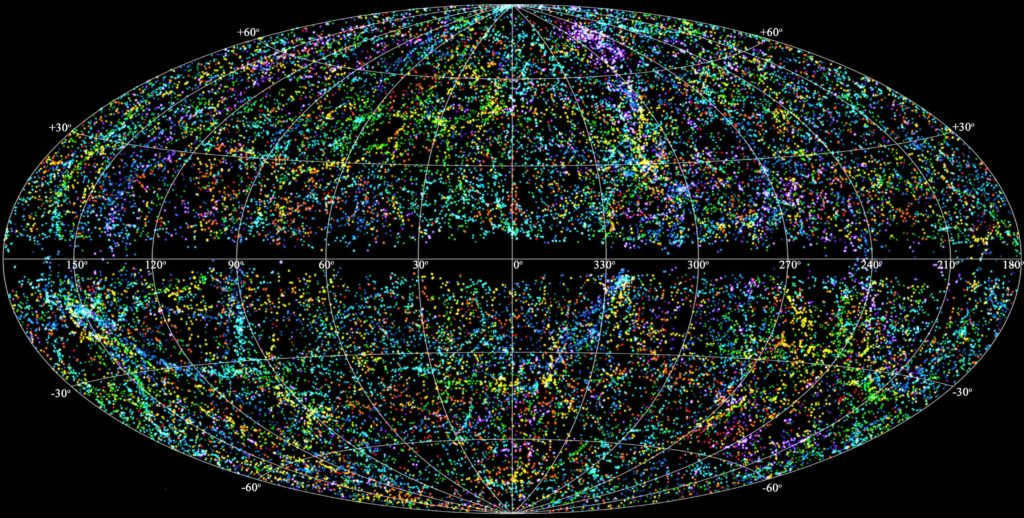
Establishing a clear distinction between these concepts can be quite challenging, as they can have different meanings in different contexts.
In the modern era, space refers to the vast expanse that lies beyond the Earth’s atmosphere, encompassing planets, stars, galaxies, and other celestial objects. For convenience, space is divided into two categories: near space, which can be explored by modern satellites and vehicles, and far space, which remains beyond our reach.
The universe encompasses not only the space between objects, but also the celestial bodies themselves. In philosophy, even humans are considered a part of the universe. Some argue that space has always existed, while the universe came into being with the Big Bang.
Interplanetary space refers to the area enclosed by the orbit of the outermost planet in a solar system. It contains various substances such as gas, dust particles, and hydrogen, and is also filled with electromagnetic radiation.
The temperature in interplanetary space can be determined by placing a fully black object in it. This object absorbs electromagnetic radiation and heat, gradually increasing in temperature. The temperature of the object can then be considered as the true value for the temperature of interplanetary space.
Fun fact: In Earth’s orbit, a fully black object reaches a temperature of 3.85 degrees Celsius, which is the same as the temperature of interplanetary space in that region.
The space between planets
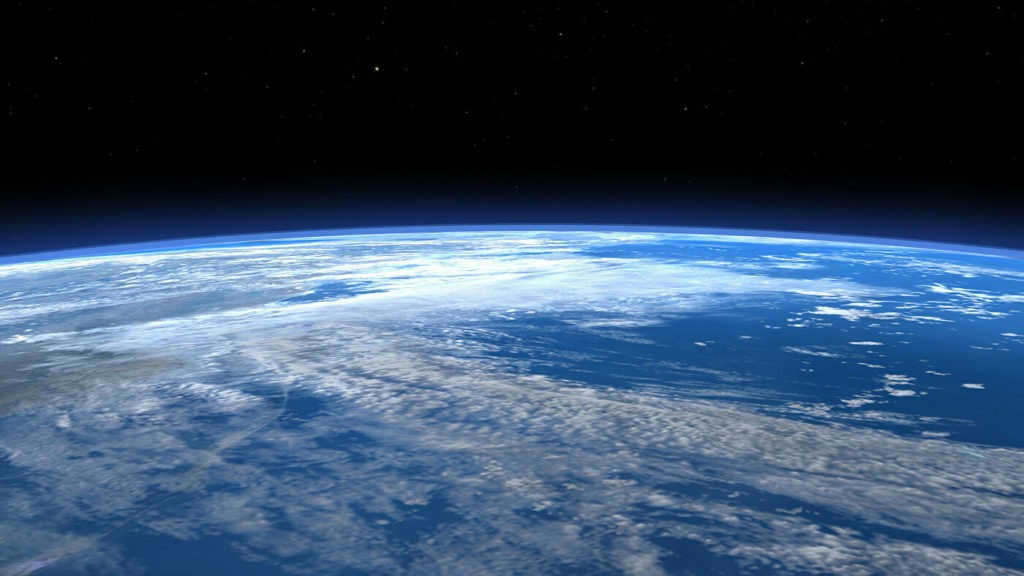
The interplanetary medium is a combination of various substances and fields found in the vast expanse of space between planets. Within our solar system, it consists of a magnetic field, cosmic rays, neutral gas, dust particles, electromagnetic radiation, and the powerful solar wind.
The solar wind is the dominant component within the interplanetary medium, as our Sun continuously releases a massive number of ionized particles into space.
Outer space beyond the boundaries of the Milky Way galaxy
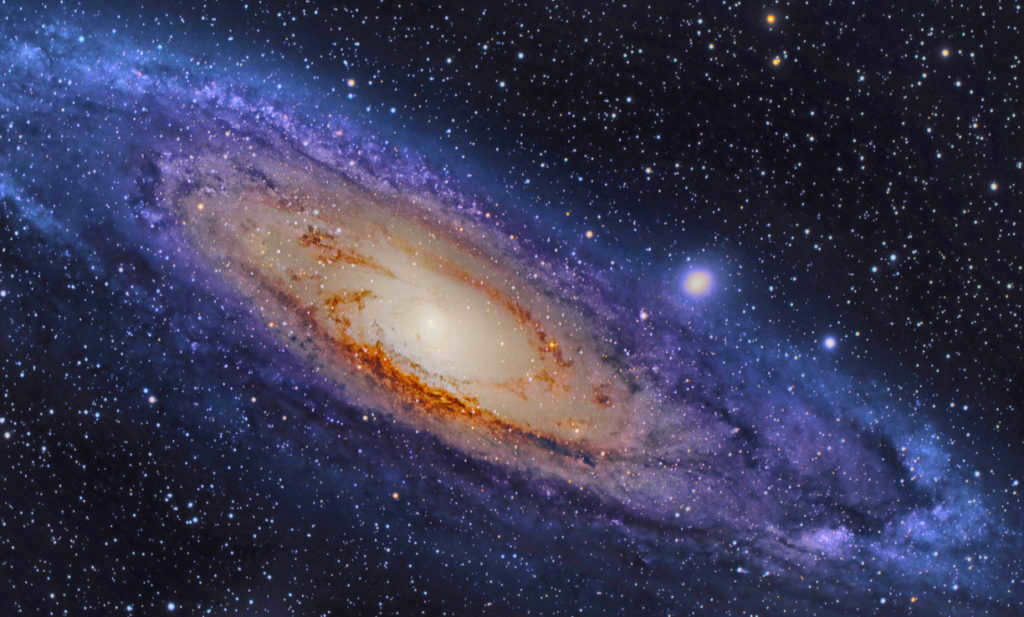
This region of space is known as intergalactic space, which is situated between galaxies. It is predominantly devoid of matter and has a composition similar to that of a vacuum.
Fascinating trivia: Intergalactic space is filled with ionized gas, with a density of hydrogen atoms per cubic decimeter.
Temperatures between galaxies can soar to a staggering 10 million degrees Celsius. This extraordinary heat is attributed to the abundant stellar wind and radiation emitted by black holes.
Null
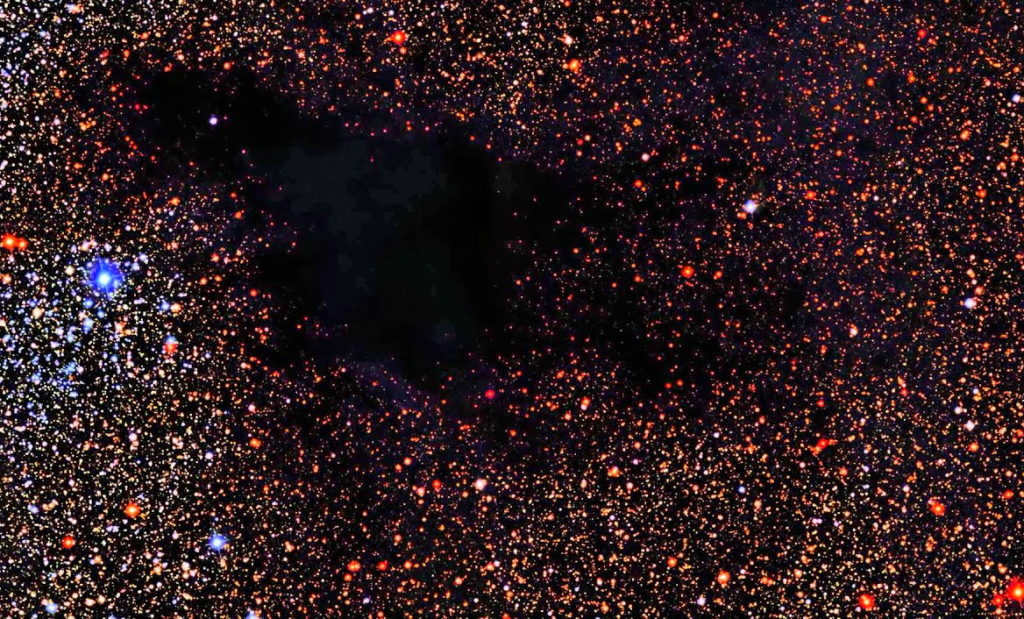
A void is a region in the vast expanse of outer space where galaxies are absent. The density of celestial objects in these areas is 90% lower compared to stellar systems. The size of a void can vary from 10,000 to 100,000 parsecs. If the dimensions exceed this range, it is referred to as a “supervoid”. The boundaries of such regions are determined by galactic filaments, which are straight lines composed of clusters of stellar systems.
Fascinating fact: Astronomers at the Kitt Peak National Observatory discovered voids in 1978, leading to the creation of the first three-dimensional maps of outer space.
Intergalactic Celestial Body
Intergalactic celestial bodies are luminaries that do not belong to any specific galaxy. The discovery of these unique objects took place during the latter half of the 1990s. It is hypothesized that they are formed as a result of galactic collisions or when a binary star system approaches a black hole. In the latter scenario, one of the celestial bodies is propelled to the side and embarks on a vast journey.
An abundance of these particular stars have been identified within the Virgo Cluster, with an estimated count reaching the trillions. Additionally, 675 luminaries have been observed in close proximity to the Milky Way. The majority of these celestial bodies are classified as red giants, and their composition suggests that they were formed in the galactic core before migrating to its periphery.
The exploration process
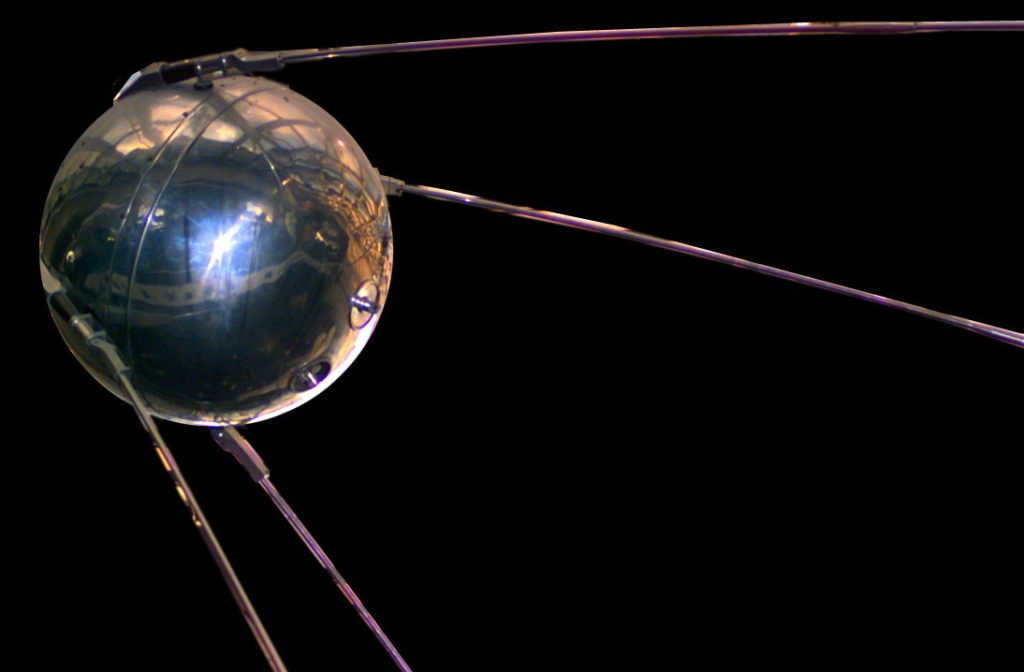
The study of outer space began gradually and continues to this day, with mankind making countless fascinating discoveries. The exploration of extraterrestrial space officially began on October 4, 1957, with the launch of the Sputnik-1 satellite, marking the first time a man-made object had ventured beyond Earth’s atmosphere.
Just a few years later, on April 12, 1961, Yuri Gagarin became the first human to fly into space, further expanding our understanding of the cosmos. In the following years, significant milestones were achieved, such as the successful docking of manned and unmanned spacecraft and, most notably, the historic moon landing on July 21, 1969, by Neil Armstrong.
Advancements in space exploration continued with the launch of the Salyut-1 space station in 1971, which orbited the Earth, and in November 1998, the first module of the International Space Station (ISS) was sent into space, marking a new era of international collaboration in space exploration.
Since then, scientists and engineers have worked tirelessly to improve the technology necessary to navigate and explore outer space, constantly pushing the boundaries of what is possible.
As we continue to venture further into the cosmos, faster speeds and advanced propulsion systems will be essential for reaching both near and deep space destinations.
In order for an object to achieve orbit around a planet, it must attain specific velocities known as space speeds. For Earth, these speeds are as follows:
- 7.9 km/s – 1st orbital velocity, enables entry into Earth’s orbit;
- 11.1 km/s – 2nd cosmic velocity, at which the object enters interplanetary space;
- 16.67 km/s – 3rd cosmic speed, allowing entry into interstellar space;
- 550 km/s – the 4th cosmic speed required to venture beyond the Milky Way galaxy.
If an object moves at a lower velocity, the gravitational force exerted by a planet, star, or galaxy will prevent it from reaching the intended boundary.
Impact of Space Travel on Human Physiology
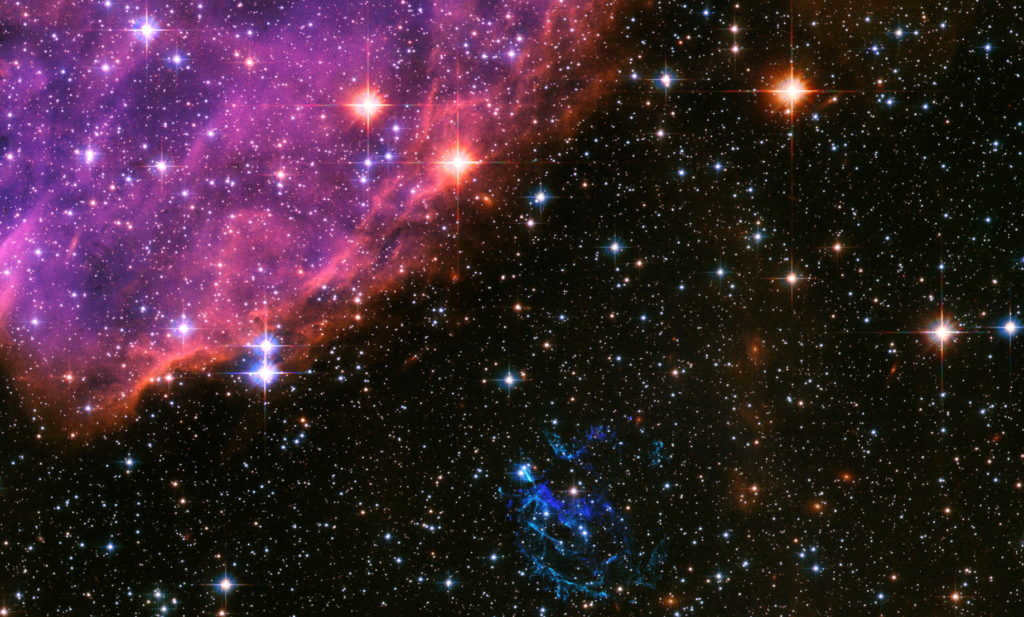
If an individual finds themselves in the vacuum of outer space without any protective gear, they will undergo decompression – the process by which gas bubbles within the body expand. Additionally, they will experience a lack of oxygen and be susceptible to sunburn. Furthermore, if there is any air present within the lungs, it may distort due to the pressure differential.
Fascinating tidbit: should a person in outer space refrain from attempting to breathe, they can endure for 30-60 seconds without incurring significant harm.
Given that liquids cannot exist in their liquid state in the void of space, any moisture on the eyes and within the mouth will rapidly evaporate. It is highly probable that an individual will lose consciousness within a mere 15-20 seconds.
Why is space so cold? What is the temperature like in space?
The temperature in space measures around -273 degrees Celsius, a value known as “absolute zero” because it represents the point at which the movement of atoms in substances ceases. However, why does space remain so cold, even with the sun’s rays passing through it?
The frigid temperatures in space can be attributed to the lack of substances present in interplanetary space. As a result, there is nothing for the sun’s rays to heat up.
Vacuum has a thermal conductivity of zero, meaning it fully transmits radiation. Since there are no substances or objects in space, the solar rays that pass through it do not generate any heat. Consequently, the temperature remains constant, staying at absolute zero.
What causes the blackness of space?

Despite the presence of numerous luminous stars, space remains dark. The astronomer Wilhelm Olbers proposed in 1823 that if space is infinite and objects within it are stationary, one would be able to perceive starlight from any given point in space. However, the human eye can only perceive tiny specks against a black backdrop. This suggests that space has its limits. In the 1920s, Edwin Hubble demonstrated that galaxies are in motion and are gradually moving apart from one another. These findings laid the foundation for the Big Bang theory.
What is the official altitude at which space begins?
The official altitude at which space begins is 100 kilometers above the Earth’s surface, where the Karman line is located. This line was named after Theodore von Karman, an American engineer who first determined that at this altitude, the atmosphere becomes so thin that a vehicle must reach orbital velocity to continue moving upward.
Further calculations by astronomers have shown that at a height of 118 km, atmospheric winds cease and cosmic particles begin to appear.
Did you know: NASA uses a slightly higher altitude of 122 km as the boundary between Earth’s atmosphere and space.
The significant milestones in the exploration of outer space 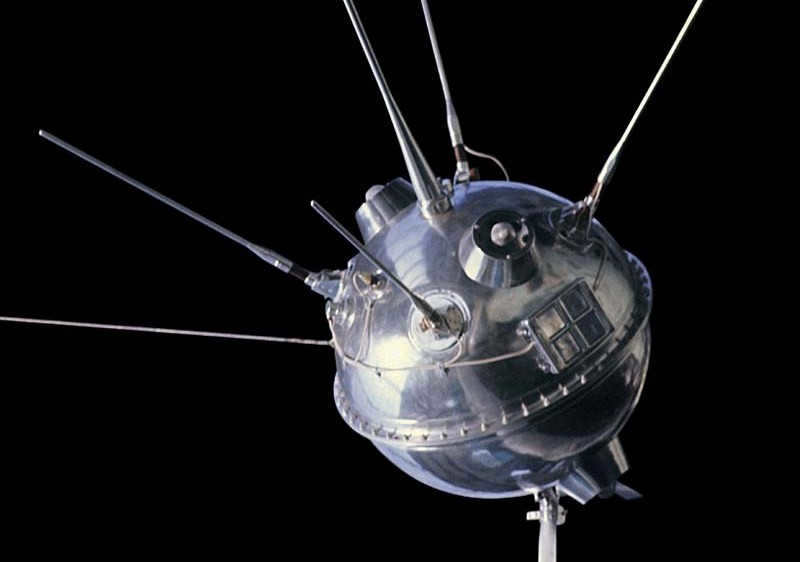
Throughout history, humanity has continuously developed new technologies to propel the advancement of space exploration. Several crucial stages in this process have shaped our understanding of the cosmos:
- On October 4, 1957, the launch of the Sputnik-1 marked a groundbreaking achievement;
- January 4, 1959, witnessed Sputnik-1 becoming the first human-made satellite to orbit the Sun;
- Yuri Gagarin made history on April 12, 1961, as the first human to venture into space;
- September 15, 1968, saw the successful return of the Probe-5 spacecraft after circumnavigating the Moon;
- The Venera-7 spacecraft made a historic landing on Venus on December 15, 1970;
- Mars-3 accomplished the feat of landing on Mars on December 2, 1971;
- From 1975 to 2011, various planets in the Solar System saw the launch of their first artificial satellites.
- November 20, 1998 saw the launch of the Zarya module, marking the beginning of the International Space Station (ISS).
In addition, countries around the world are developing long-term space programs and considering future endeavors in space exploration.
What is the definition of the term “space”?
In the modern world, space refers to the area between celestial bodies that extends beyond their atmospheres. In philosophy, space signifies “order” and “universe”. Additionally, in this realm, space is contrasted with chaos.
Fascinating video about space
If you happen to come across any mistakes, kindly select the text and press Ctrl+Enter.
Content producer and relentless idea generator. The mastery of words is my true vocation.
Expert – Margarita Lopukhova
Family psychologist. I have been rescuing “family units” from falling apart for 8 years. I assist couples in rediscovering love and mutual understanding.

The concept of space refers to an endless expanse that encompasses the entirety of the universe, housing a vast array of celestial bodies such as planets, stars, galaxies, and other cosmic entities. It is an awe-inspiring and enigmatic phenomenon that has captivated the curiosity of explorers and scientists throughout the ages. Despite remarkable advancements in the field of space science, the enigma of space persists, concealing numerous enigmas and inquiries that remain unanswered.
The Enigma of Space
Space, the vast expanse that encompasses the universe with its dazzling stars, celestial bodies, and enigmatic phenomena, is a subject that captivates the attention of scientists, philosophers, and ordinary individuals alike.
There are several reasons why space continues to elude our understanding:
- Unfathomable Scale: Space stretches infinitely, encompassing billions of galaxies, each containing countless stars. The sheer magnitude of this expanse presents immense technical and cognitive challenges for exploration.
- Mysterious Dark Matter and Energy: A significant portion of the universe is composed of mysterious substances known as dark matter and dark energy. These enigmatic entities interact with visible matter in ways that are yet to be fully comprehended. While we acknowledge their existence, their true nature and properties remain elusive.
- The origin of the cosmos. The enigmas surrounding the inception of the cosmos and its ultimate destiny continue to be some of the most profound puzzles that science grapples with.
- The potential existence of life beyond Earth. The inquiry into the existence of life in other regions of the cosmos remains an unresolved query. The quest for life beyond our planet is a multifaceted and exhilarating undertaking that demands the collaborative endeavors of experts from diverse disciplines.
Proof of the presence of the universe
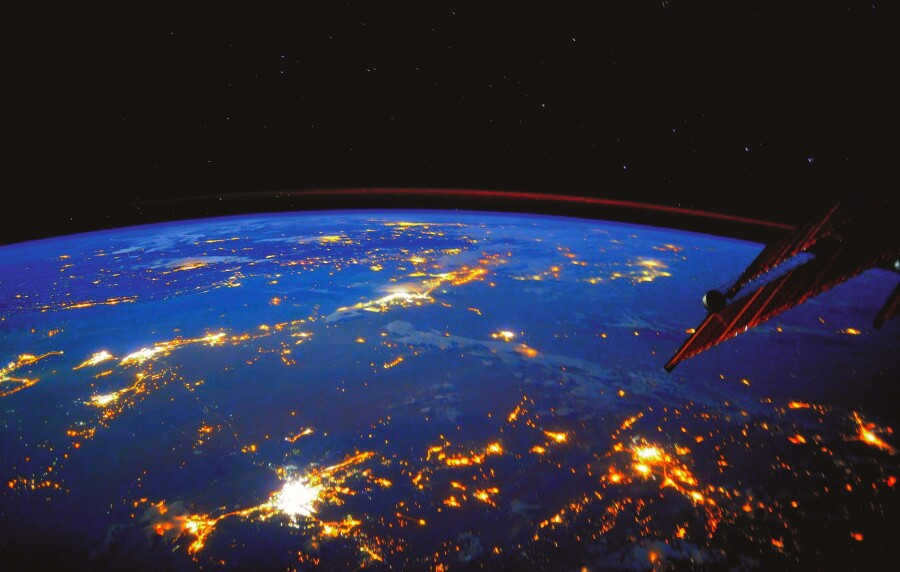
- The Cassini mission was a collaborative effort between NASA, the European Space Agency (ESA), and the Italian Space Agency (ASI) to explore Saturn. In 2004, “Cassini” arrived at Saturn and embarked on an extensive exploration of the planet, its rings, and its moons. It made numerous discoveries about the unique atmospheric phenomena and structure of Saturn and its moons, as well as the identification of new moons.
- The Mars Rovers mission, consisting of rovers such as Spirit, Opportunity, and the Curiosity spacecraft, was a series of NASA missions aimed at exploring Mars. These missions involved the analysis of soil and rocks on the Martian surface and the search for evidence of water and past life. Their findings confirmed the existence of lakes and rivers on Mars in the past.
- The New Horizon mission to Pluto, conducted by NASA, involved a spacecraft that successfully made a close encounter with the dwarf planet in 2015. This groundbreaking mission captured and transmitted the first ever high-resolution images of Pluto and its surrounding moons. Additionally, the New Horizon mission provided valuable insights into the geology and atmosphere of this enigmatic celestial body.
- The Hubble Space Telescope, also known as the Hubble Space Observatory, is a remarkable instrument that operates in orbit around the Earth. It is renowned for capturing some of the most detailed and visually stunning images of various celestial objects. The Hubble’s observations have greatly contributed to our understanding of distant galaxies, nebulae, and other cosmic structures. Moreover, this telescope has played a crucial role in measuring the rate of expansion of the universe.
What is the definition of a space denier?
A space denier is an individual who holds an exceptionally rare and extreme belief that space does not exist. In the current scientific landscape, there are no recognized scientists who deny the existence of space. The concept of space is a fundamental principle in the realms of astronomy and cosmology, grounded in extensive observations and experiments that have been consistently confirmed over time.
This perspective of space denial is often associated with unorthodox ideas, pseudo-scientific theories, or countercultural movements, but it lacks support from scientific evidence. In contemporary science, space is understood as an expansive void encompassing the entire universe and all its celestial bodies, a notion that finds substantial backing in numerous observations and studies.
Exploring the Universe and Legendary Astronauts
- Yuri Gagarin: A Soviet astronaut, Yuri Gagarin, achieved an unprecedented milestone by becoming the inaugural person to venture into space. On April 12, 1961, he completed a full orbit around the Earth aboard the Vostok-1 spacecraft, spending approximately 1.5 hours in the cosmic realm.
- Neil Armstrong: Neil Armstrong, an American astronaut, etched his name in history as the first human to step foot on the moon’s surface during the Apollo 11 mission on July 20, 1969. His iconic words, “It’s a small step for man, but a giant leap for mankind,” resonate with millions around the globe.
- Valentina Tereshkova: Valentina Tereshkova, a Soviet cosmonaut, made history as the world’s first female astronaut. On June 16, 1963, she embarked on the Vostok-6 spacecraft, spending over 2 days in the vastness of space.
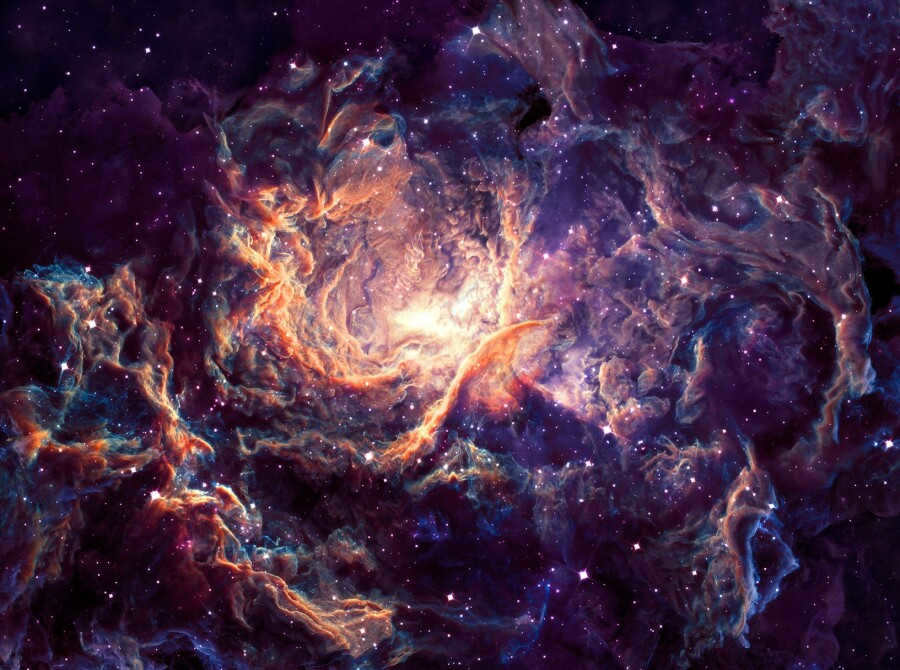
There are several documentary and feature films about space:
- “Cosmos: A Personal Voyage”. This documentary television series was created by astronomer Carl Sagan and was released in 1980. It explores the universe, astronomy, and humanity’s place in space.
- “Cosmos: SpaceTime Odyssey”. This is a revival of Carl Sagan’s original series, released in 2014. It is hosted by astronomer and science popularizer Neil deGrasse Tyson.
- “The World of the Universe”. This documentary series explores various aspects of the cosmos, including black holes, galaxies, stars, planets, and the mysteries of the universe.
- “Seven Wonders of the Solar System”. This documentary highlights the most amazing and fascinating objects in our solar system.
- “Interstellar” is a sci-fi movie helmed by Christopher Nolan that follows a team of space explorers as they travel through a wormhole in search of a new home for humanity.
- “Gravity” is a film directed by Alfonso Cuarón that tells the story of an astronaut who finds herself alone in space after a disaster while orbiting the Earth.
- “Ready Player One” is a science fiction film by Steven Spielberg that combines elements of space travel and a virtual world.
- “The Martian” is a movie adaptation of Andy Weir’s novel about an astronaut’s survival on Mars after his spaceship crashes.
Do UFOs Exist in Outer Space?
The subject of unidentified flying objects and their connection to outer space is a highly debated and enigmatic topic in contemporary society. UFOs are objects observed in the sky that cannot be identified as conventional airplanes, satellites, or other known entities. Speculation surrounding the relationship between UFOs and outer space suggests that these objects may be connected to extraterrestrial beings from other worlds or even spaceships from distant galaxies.
Although numerous UFO sightings have been reported, none of them offer conclusive evidence regarding the origin of these objects or their extraterrestrial nature. Currently, there is no reliable scientific data or evidence to support the claim that UFOs are associated with spacecraft from beyond our planet.
The scientific community is interested in UFO phenomena and acknowledges the need for scientific investigation and analysis. However, most UFO sightings can be explained as natural phenomena such as meteorites, satellites, drones, balloons, and other objects. The lack of verifiable scientific data regarding visits from extraterrestrial civilizations in our galaxy means that such assumptions are currently only a matter of speculation and conjecture.
The exploration of outer space is governed by international law, specifically the 1967 treaty that has been ratified by over 100 countries. Interestingly, scientists and governments have yet to reach a consensus on the exact distance that marks the boundary of space.
The term “space” originated in ancient Greece and originally meant order, structure, and peace. It was used to describe the opposite of chaos and the accumulation of matter. Over time, the concept of space has evolved. In modern science, space refers to the area beyond the gas shells of celestial bodies. The Earth’s atmosphere is considered to be the region surrounding the planet, where the air medium rotates along with the Earth as a whole.
In order to scientifically determine the beginning of space, it is necessary to understand where the atmosphere ends.
The Earth’s gas shell is characterized by five distinct layers.
The first layer, closest to the Earth’s surface, is the troposphere. This layer contains about 80% of the atmosphere’s mass. Its height varies from 8-10 kilometers at the poles to 16-18 kilometers in the tropics.
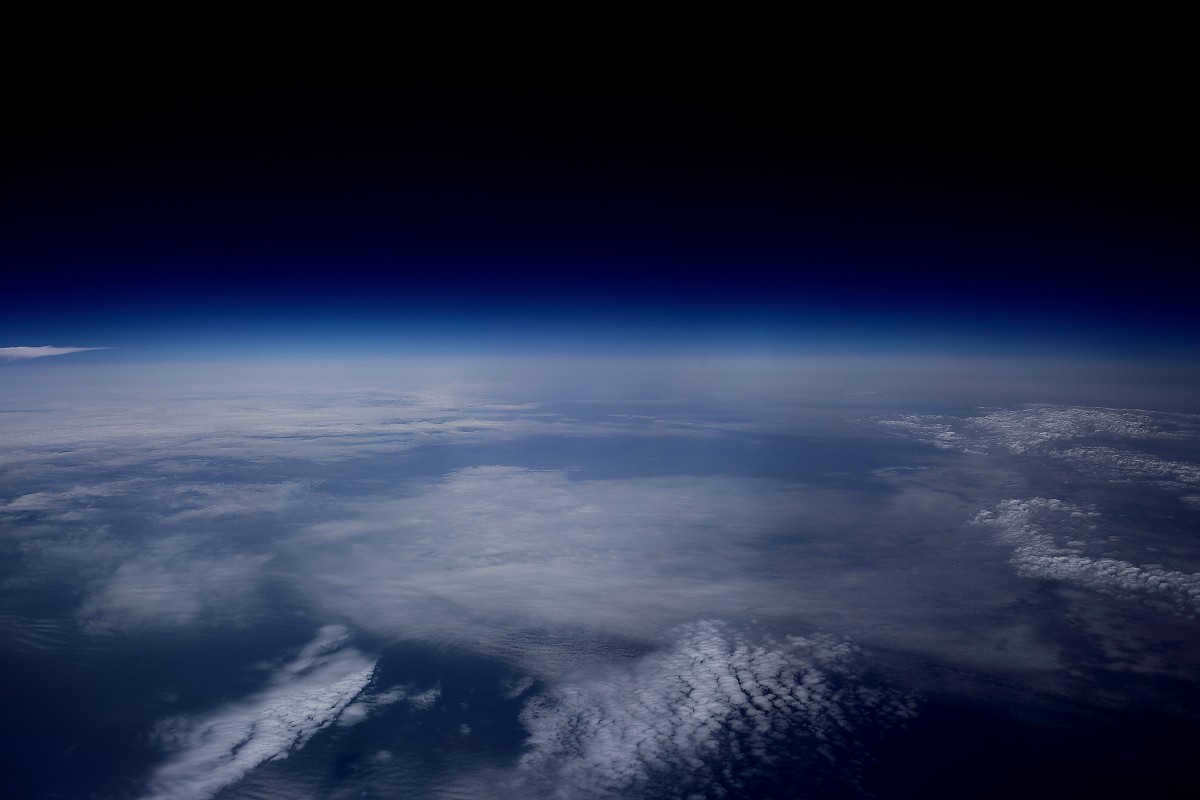
The second layer of the Earth’s atmosphere is known as the stratosphere. It begins around 8-16 kilometers and extends up to 50-55 kilometers above the Earth’s surface. One important feature of the stratosphere is the presence of the ozone layer, which shields all living organisms on the planet from the harmful effects of ultraviolet radiation. This layer absorbs the ultraviolet rays and as a result, the air in the stratosphere becomes heated.
Going higher, between 20-30 kilometers, you’ll find the mesosphere. As you move further away from the Earth’s surface, the temperature in this layer drops significantly, reaching as low as -90° C.
Above the mesosphere, extending up to a height of 80 kilometers, lies the thermosphere. The gas composition in the thermosphere is similar to that found at the Earth’s surface, but oxygen exists in an atomic state.
The exosphere is the highest and least dense layer of the atmosphere. It contains ionized gas, also known as plasma, and particles in this layer have the ability to easily escape into space. The mass of the exosphere is significantly smaller, about 10 million times less, than the mass of the entire atmosphere. The exosphere starts approximately 450 km above the Earth’s surface and extends for several thousand kilometers.
According to its scientific definition, space is considered to begin in the exosphere, where the gaseous medium no longer moves in sync with the rotation of the Earth.
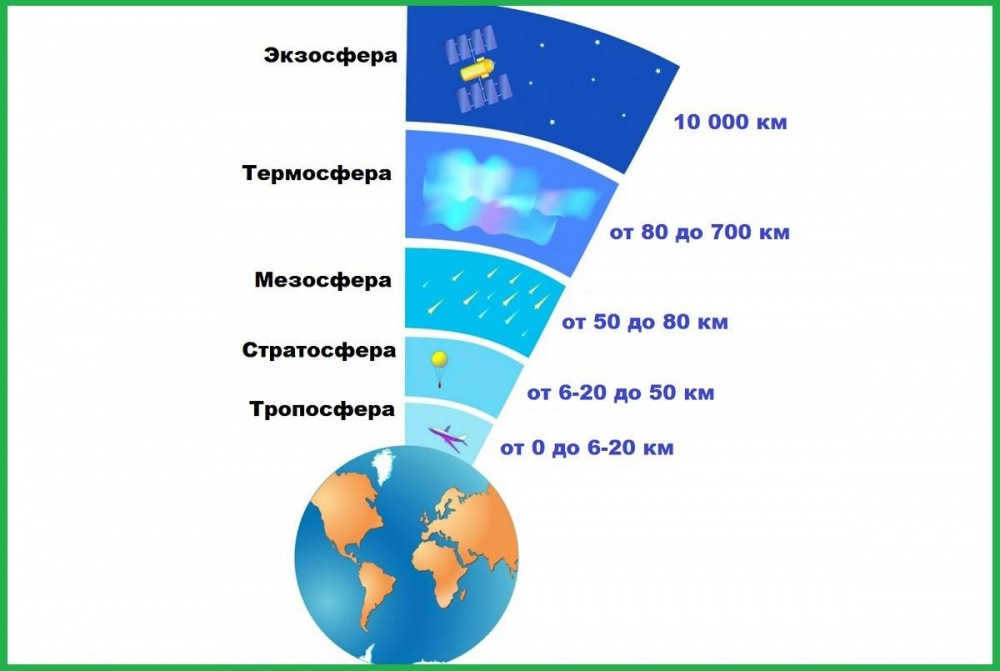
An approximate definition of distance
There is a lack of consensus among scientists regarding the exact point at which space begins in relation to Earth. Scientists base their conclusions on various physical parameters.
One notion is that space starts once Earth’s gravitational influence no longer affects objects, at a distance of 21 million kilometers.
At an altitude of 18.9-19.35 km, water begins to boil at the temperature of the human body. This means that, for the human body, space would begin at the Armstrong Line. After the first artificial satellite ventured into space above Earth in 1957, the concept of “near space” (ranging from 20 to 100 km) arose.
In the 1950s, Theodore von Karman, a researcher, discovered that at a distance of 100 km from the Earth, a flying vehicle can achieve the first cosmic speed (7.9 m/s) and become a satellite without the need for wings.
In an effort to define outer space, American and Canadian scientists have measured the boundary between atmospheric winds and space particles at an altitude of 118 km.
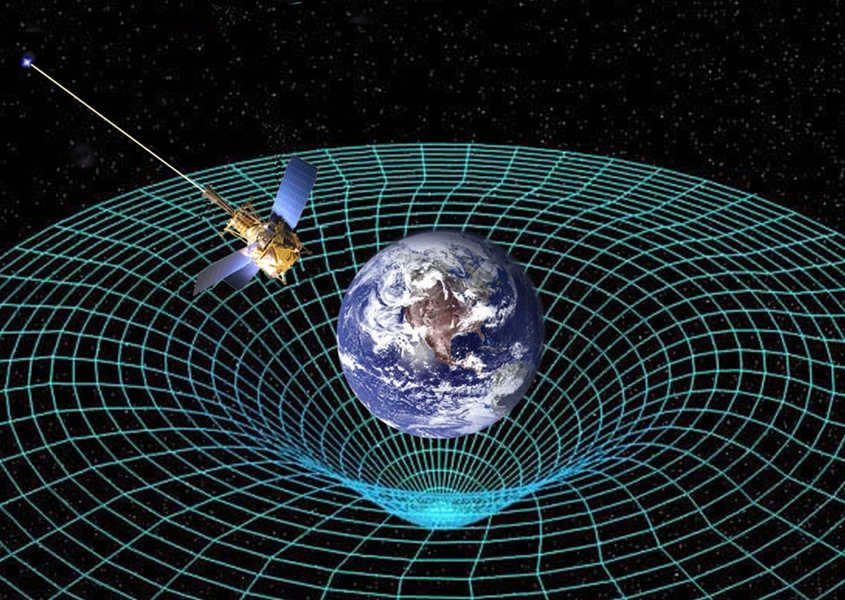

The gravitational field of our planet extends up to 21 million kilometers, beyond which the realm of space begins. This information is credited to pages.uoregon.edu.
The United States government’s National Aeronautics and Space Administration (NASA) has officially designated a distance of 122 km as the point at which shuttles transition from using maneuvering engines to relying on aerodynamics. Additionally, the Air Force has set a limit of 80.45 km.
In 1979, the Soviet Union proposed that the boundary of space be considered as a value exceeding 100-110 km.
Countries have not been able to agree on the exact boundary of airspace, which is linked to the issue of determining the limit of state sovereignty in terms of altitude.
States generally follow the rule that objects in free orbit with the lowest perigee are considered to be in outer space, and therefore fall within the realm of freedom for exploration and use of outer space.
The FAI (International Aviation Federation) officially considers a flight as a space flight once it reaches the Karman line, which is located 100 km above the Earth’s surface. At this altitude, a vehicle is able to complete a full orbit around the Earth before entering the denser atmosphere and beginning its descent.
International space law is built on the following principles:
- There are no territorial boundaries in space.
- Space exploration is carried out in accordance with international law, including the UN charter, for the benefit of all humanity.
- Placing weapons of mass destruction in space is strictly forbidden.
- The state that launches artificial space objects has jurisdiction over them.
- Countries consider each other’s interests and engage in consultations.
- Astronauts serve as representatives of humanity.
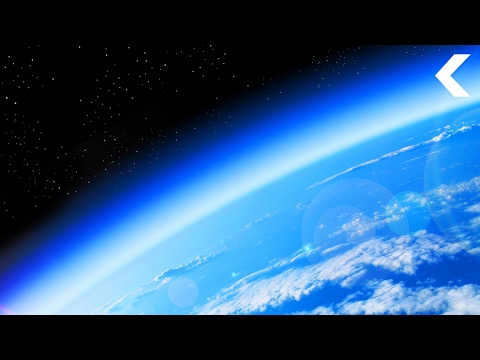
Occasionally, these regulations can come into conflict with the interests of global powers, as the concept of national airspace sovereignty is closely tied to the restriction of airless regions.
What is the altitude at which the ISS orbits?
The International Space Station orbits at a distance ranging from 330 to 417 kilometers above the Earth’s surface. This range provides the optimal conditions for conducting weightless experiments and is also economically viable for transporting astronauts and cargo.
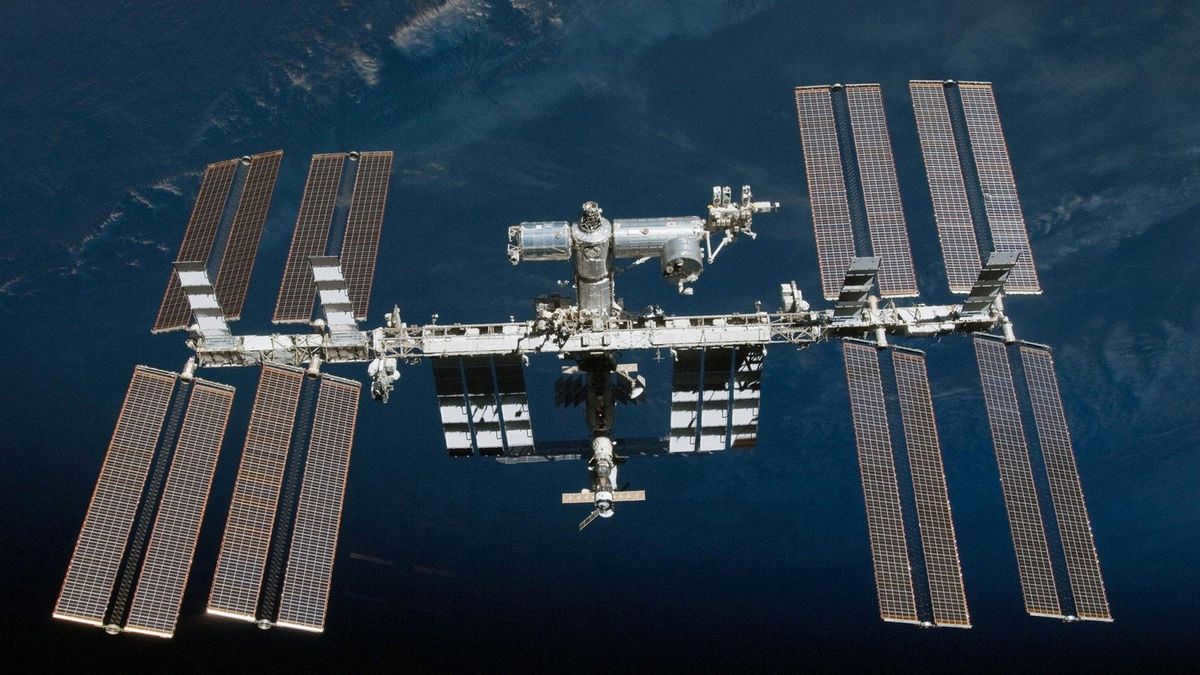
Causes behind alterations in distances
The fluctuation in distances to the International Space Station (ISS) is primarily due to the influence of frictional force. The interaction between the station’s hull and atmospheric particles leads to deceleration and a subsequent decrease in altitude. However, the engines of incoming spacecraft help to compensate for this by increasing the station’s orbit.
In the past, the distance between Earth and the ISS orbit ranged from 330 to 350 kilometers. This range was limited by the capabilities of the American shuttles, which were unable to travel beyond this distance from Earth.
Following the discontinuation of the shuttle program, the station was able to move 417 kilometers away from Earth in 2014. Presently, the ISS is situated at a distance of 406 kilometers.
The change in distance in a specific area occurs as a result of the presence of space debris. To prevent any potential collisions, continuous monitoring of the trajectory of discarded aircraft components is carried out. Whenever there is a risk of impact, the crew on board the station executes a maneuver to avoid it. The engines play a crucial role in providing the necessary propulsion to elevate the ISS into a higher orbit.

In recent years, the field of astronomy and astrophysics has witnessed numerous significant advancements, ranging from the exploration of Pluto to capturing an image of a black hole in the M87 galaxy. RBC Life presents the current knowledge of scientists regarding the Universe and the Solar System.
The void’s tranquility and frigidity
Let’s commence with the fundamentals. The iconic tagline, “In space, no one can hear you scream,” from Ridley Scott’s legendary 1979 movie Alien, not only served as a warning that a terrifying experience awaited the audience but also highlighted a factual aspect. The absence of sound in space results from the absence of air, which is necessary for the transmission of sound waves. Consequently, any hypothetical space battles, as depicted in movies, would unfold in complete silence – a far less dramatic scenario than one may envision.
Moreover, the space conditions are highly inhospitable for humans in the absence of appropriate protective gear: the vacuum of outer space is characterized by an extremely low temperature known as absolute zero (-273.15 °C). However, it is important to note that not all celestial objects simply exist in a frigid void. The presence of radiation emitted by stars and hot gas giants serves to warm them up significantly (which explains why the side of the ISS facing the Sun can reach temperatures as high as +260 °C). The coldest temperatures in space can typically be found in the most remote and shadowy corners of the universe. A prime example of such a place is the Boomerang Nebula, where a bone-chilling temperature of -272 °C has been recorded.
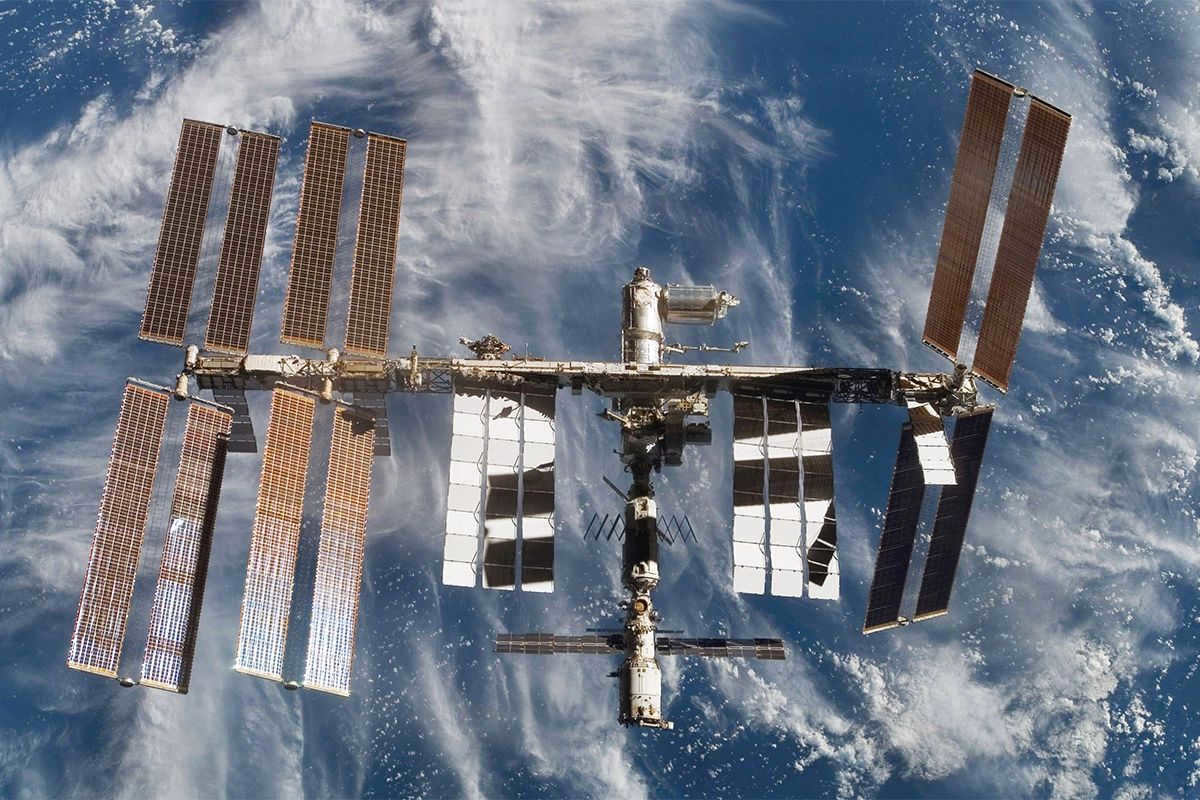
Furthermore, thanks to this very radiation, the vacuum of space has distinctive scents: astronauts and cosmonauts have reported detecting the scent of singed metal, reminiscent of welding, as well as the aroma of gunpowder and even the fragrance of toasted almond cookies. However, the specific smells experienced largely depended on the materials present in the surrounding environment – whether it be the cladding of the space station or various tools that were exposed to the intense heat of the sun and underwent the process of oxidation (which, in the absence of air, is akin to burning without smoke). Moreover, the vast expanse of space is filled with an array of other odors: molecular clouds, nebulae where new stars are formed, and even planets and their moons emit a diverse range of aromas – ranging from the pungent smell of hydrogen sulfide to the sweet scent of ethyl alcohol.
Exploring the Cosmos
At present, there are ten individuals embarking on interstellar journeys. Venturing into space is a challenging endeavor for human beings, as there is currently no efficient, secure, long-term, and cost-effective system that enables them to traverse it. Space suits, although necessary, are still cumbersome, outdated, and occasionally prone to leakage (as demonstrated by astronaut Mathias Maurer’s water-filled helmet incident during a spacewalk in 2022). However, there is hope on the horizon, as NASA is set to receive new spacesuits from Collins Aerospace in 2024. The company was granted a $97.2 million contract for this purpose in December of the previous year.
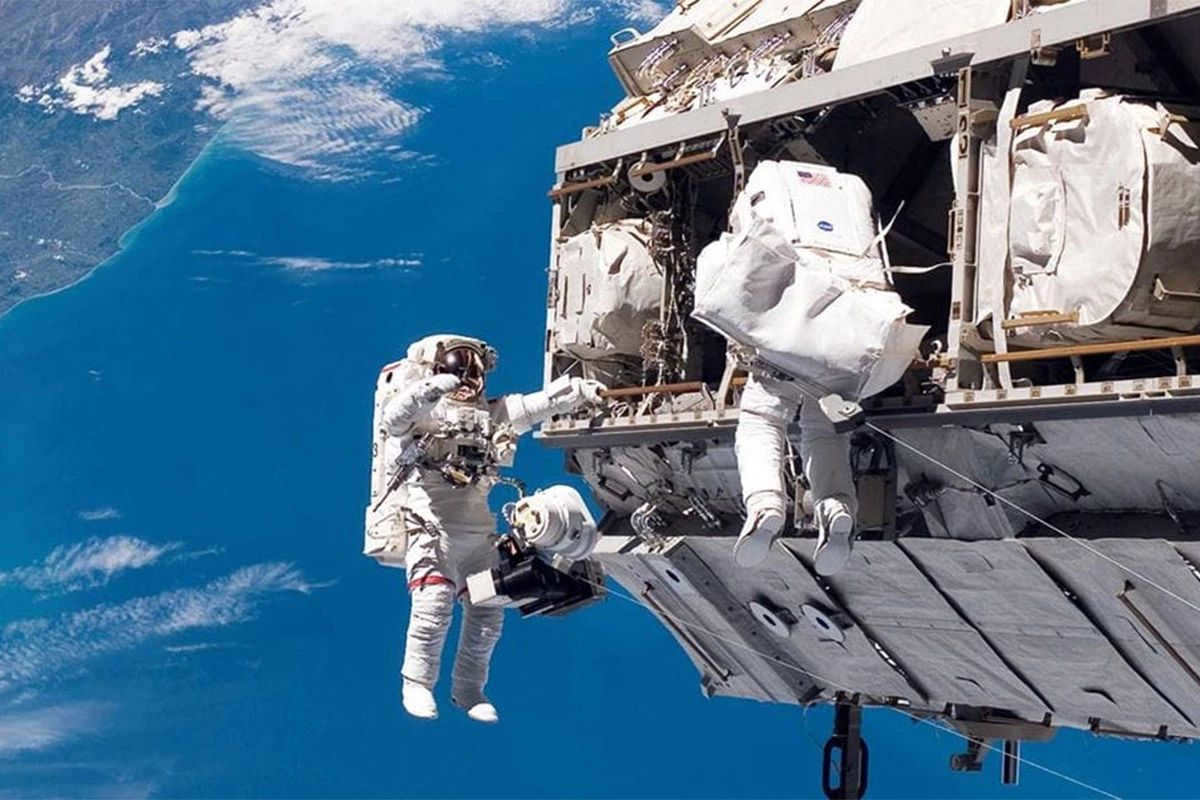
When it comes to spacecraft, it is unlikely that anything resembling the Enterprise from Star Trek will be constructed within the next 50 to 100 years. The cost and resources required for such a project are simply too high. However, there are still ambitious endeavors taking place, such as the Starship rocket from Elon Musk’s SpaceX and the Space Launch System (SLS) with the Orion spacecraft from NASA. These rockets are being developed for the new Artemis lunar mission, set to launch in November 2022. Significant funding has been allocated for the construction and testing of these rockets, with NASA’s contract with SpaceX amounting to $2.89 billion. Additionally, a comprehensive return to the Moon, including landings and surface work, could cost as much as $93 billion.
In the vision cherished by authors of science fiction, the exploration of Mars through specialized vehicles began in the 1960s. The USSR, the US, and Europe all launched interplanetary stations and rover ships in the hopes of finding evidence of a magnificent Martian civilization that may have been responsible for the creation of human civilization. However, the hopes of discovering a “creator” on the nearby Red Planet were shattered by dry scientific facts. The “canals” of Mars, first observed by Italian astronomer Giovanni Schiaparelli in 1877, were revealed to be not artificial structures but rather an optical illusion. The “Martian Sphinx” or “Face on Mars,” a hill that was captured by Viking 1 in 1976, could not withstand further scrutiny and vanished in 2001 when Mars Global Surveyor flew over it with its camera.
This photograph of the Martian surface, captured by the Mars Global Surveyor orbiter in 2000, provided evidence suggesting that the planet may have once been submerged in water during its early existence. These findings were subsequently verified.
However, one certainty about Mars is the occurrence of periodic dust storms that engulf the entire planet, impeding the functionality of rovers on its surface by obstructing their solar panels from charging and operating effectively. Nonetheless, these storms on Mars are significantly less powerful than those experienced on Earth and would not topple a robust rover or endanger an unsuspecting astronaut (as depicted in Ridley Scott’s film “The Martian”).
Mars, a planet weighing an order of magnitude less than Earth and lacking a magnetic field, is constantly losing its atmosphere to the powerful solar wind. Despite these inhospitable conditions, it remains at the top of the list for space enthusiasts looking to colonize. With an average temperature of -63 ° C and an atmosphere consisting of 95% carbon dioxide, the soil on Mars requires careful preparation for growing plants. However, even with these challenges, the possibility of establishing a “reserve airfield” on Mars still exists, at least in theory. If humans ever land on Mars with all the necessary tools for a long-term stay, it is likely that they will seek refuge in the planet’s caves, which scientists estimate to be tens of meters deep, in order to escape radiation.

The Future of Life on Mars
Understanding the Dynamic Nature of the Universe
In 1916, physicist Albert Einstein developed the general theory of relativity (GTR), where he made a prediction about the existence of gravitational waves that are emitted when massive objects in galaxies collide. Fast forward a hundred years, the American Laser Interferometric Gravitational-wave Observatory (LIGO) detected a signal from the merger of two black holes weighing 36 and 29 times the mass of our Sun. This signal traveled a staggering distance of 1.3 billion light years. The European detector Virgo also came into play and recorded waves in the Hydra constellation, which is located 130 million light years away from us. In this event, two neutron stars weighing 1.1 and 1.16 times our Sun collided. By 2019, detectors had already picked up on 39 such occurrences, and in 2020, they detected a collision of black holes that had occurred 2.4 billion years ago.
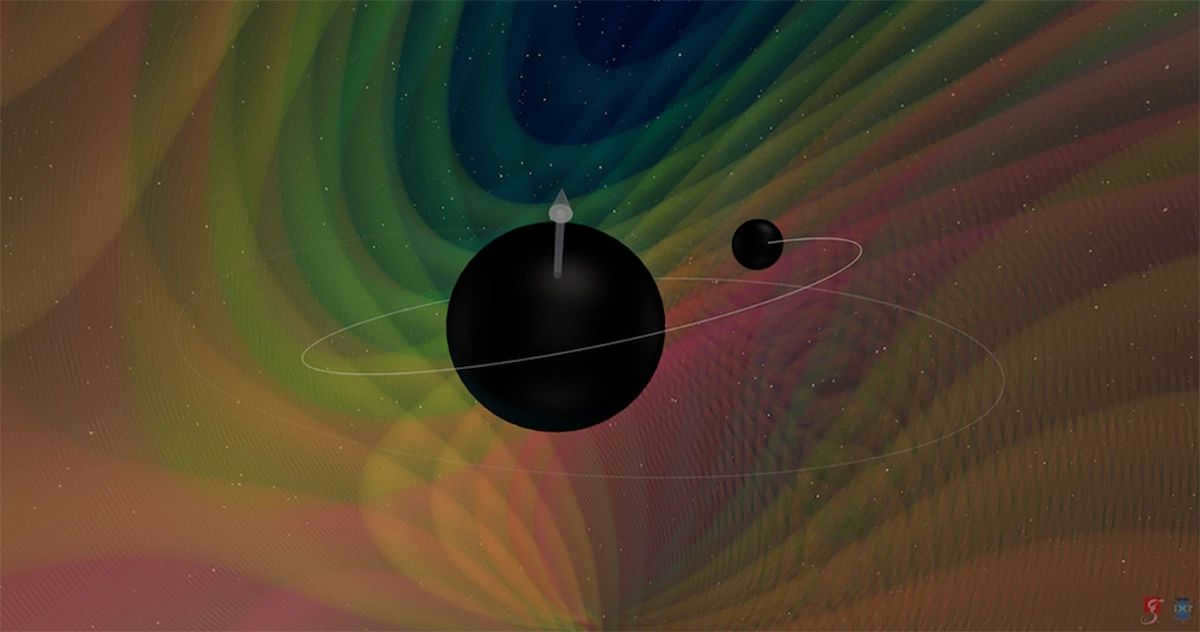
On April 18, 2020, the detection of gravitational waves resulting from the collision of black holes was announced by the American observatory LIGO and the European observatory Virgo. This groundbreaking event has been designated as GW190412.
This discovery holds immense significance for the field of astrophysics as it presents another crucial stride towards unraveling the mysteries of the Universe, providing an opportunity to test various theories and refine the existing cosmological model. While the practical applications of gravitational waves are yet to be realized (efforts were made to utilize them for long-distance wireless communication but proved unsuccessful), this revelation has affirmed the authenticity of the mathematical models that describe black holes, establishing their existence as tangible celestial entities.
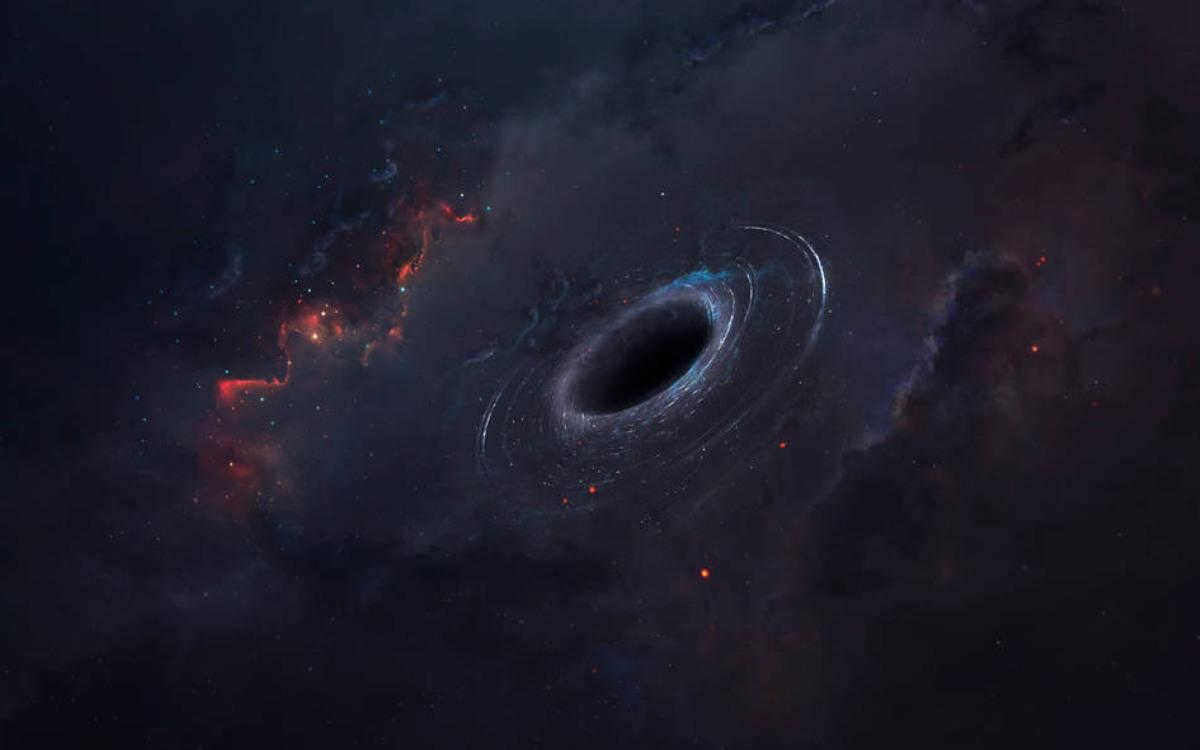
Explosions, mergers, and rovings: the fate of black holes
Photographs of the enigmatic black holes
Prior to the groundbreaking achievement of the Event Horizon Telescope project in 2019, capturing the first-ever photograph of a black hole’s silhouette, these celestial objects were only known through mathematical equations and the imaginative renditions by artists (by the way, in Christopher Nolan’s film “Interstellar,” with the guidance of astrophysicist Kip Thorne, the most realistic model of a black hole was visualized – resulting in the awe-inspiring black hole named “Gargantua,” into which astronaut Cooper ventured and discovered a hidden bookcase).
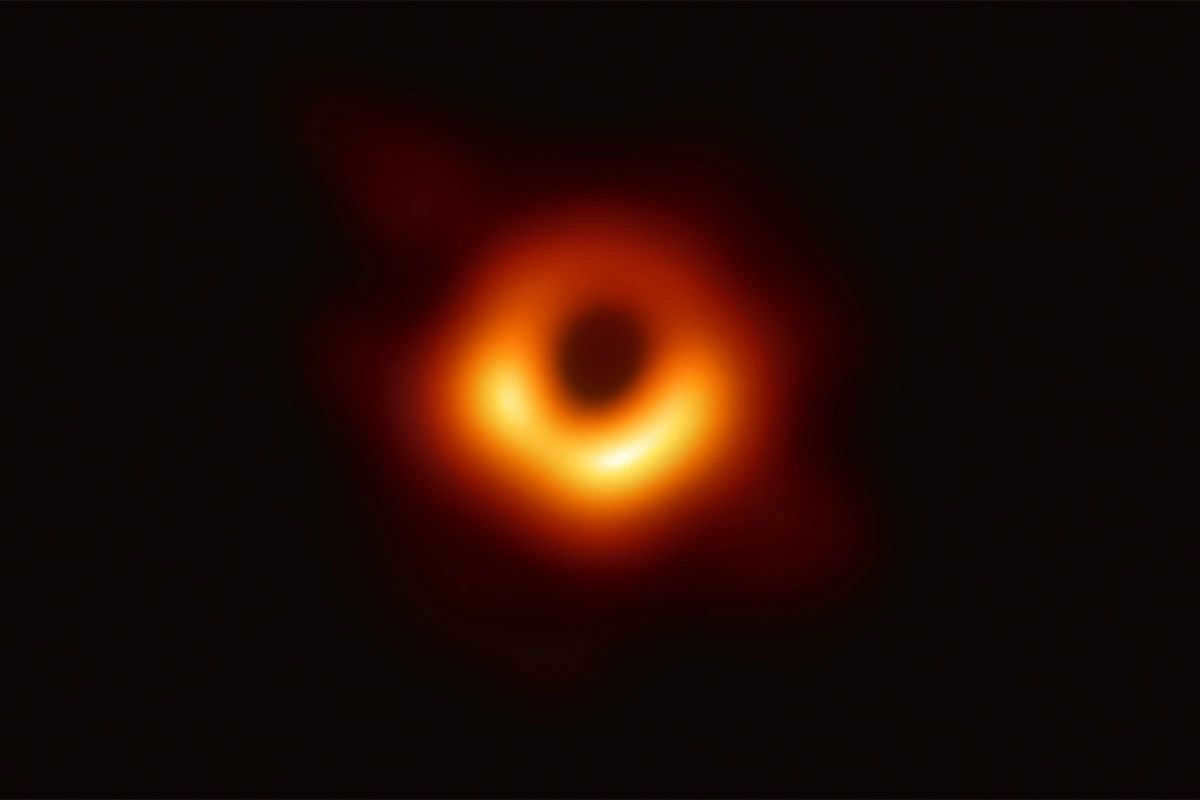

On April 10, 2019, the black hole located at the core of the M87 galaxy was delineated by the radiation emitted from the luminous gas encircling it, resulting in the formation of a ring.
After more than 20 years of collaboration, over 200 scientists from around the world have successfully located an object of incredible mass within the elliptical galaxy M87, which is situated approximately 53.5 million light-years away. The object’s mass surpasses that of the Sun by a staggering 6.5 billion times. Although it was initially observed in 2017, it took an additional two years to process the data and finally produce an image of the black hole’s “shadow” – a blazing ring encircling the dark void at its core. This black hole possesses such immense gravity that not even a single photon can escape.
In 2022, a second momentous photograph was revealed to the world – the black hole Sagittarius A* located at the heart of our very own Milky Way galaxy. With a mass equivalent to 4.3 million solar masses, scientists managed to capture an image of Sagittarius A* amidst the multitude of stars and dust clouds that comprise the galactic arms.
The vastness of the Milky Way
The Milky Way is incredibly vast, especially considering the current technological capabilities of mankind. Spanning a length of 100 thousand light years, our galaxy takes the Sun 225-250 million years to complete a rotation around its center. To put this in perspective, the last time our solar system was on the opposite edge of the galactic disk, dinosaurs roamed the Earth. With an estimated 400 billion stars and an equal number of planets, the Milky Way is a truly immense place.
Thanks to space telescopes like “Kepler” and TESS (Transiting Exoplanet Survey Satellite), we have made incredible discoveries. More than 5 thousand exoplanets have been discovered so far, some of which exist in stellar systems with conditions suitable for the emergence of life. For instance, the Trappist-1 system in the Aquarius constellation is home to earth-like planets, while the Kepler 422 system in the Lyra constellation also shows promising signs.
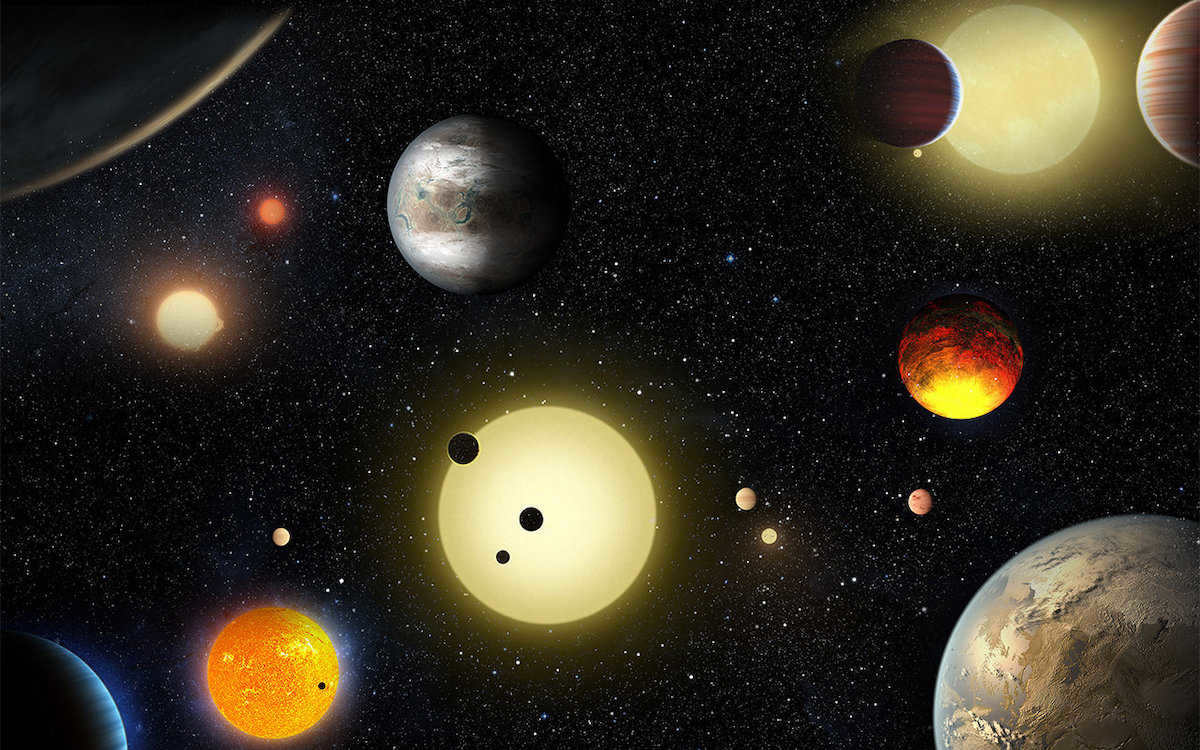
Exploring the Universe: Exoplanets and the Search for Extraterrestrial Life
Situated on the inner edge of the Orion arm, our solar system is positioned approximately 27,000 light-years away from the galactic center. This location, far from active star formation, has provided Earth with a relatively tranquil environment for the development of life.

One can truly grasp the vastness of the distances in the galaxy (and in the Universe) when considering the fact that radio signals emitted by Earth have only reached a meager 200 light years away after over a century, and the Voyager-1 spacecraft, which embarked on its journey in 1977 at a speed of 61.2 thousand km/h, only left the solar system in August 2012. However, it is still within the heliosphere and will take hundreds of thousands of years before it can finally “exit” it.
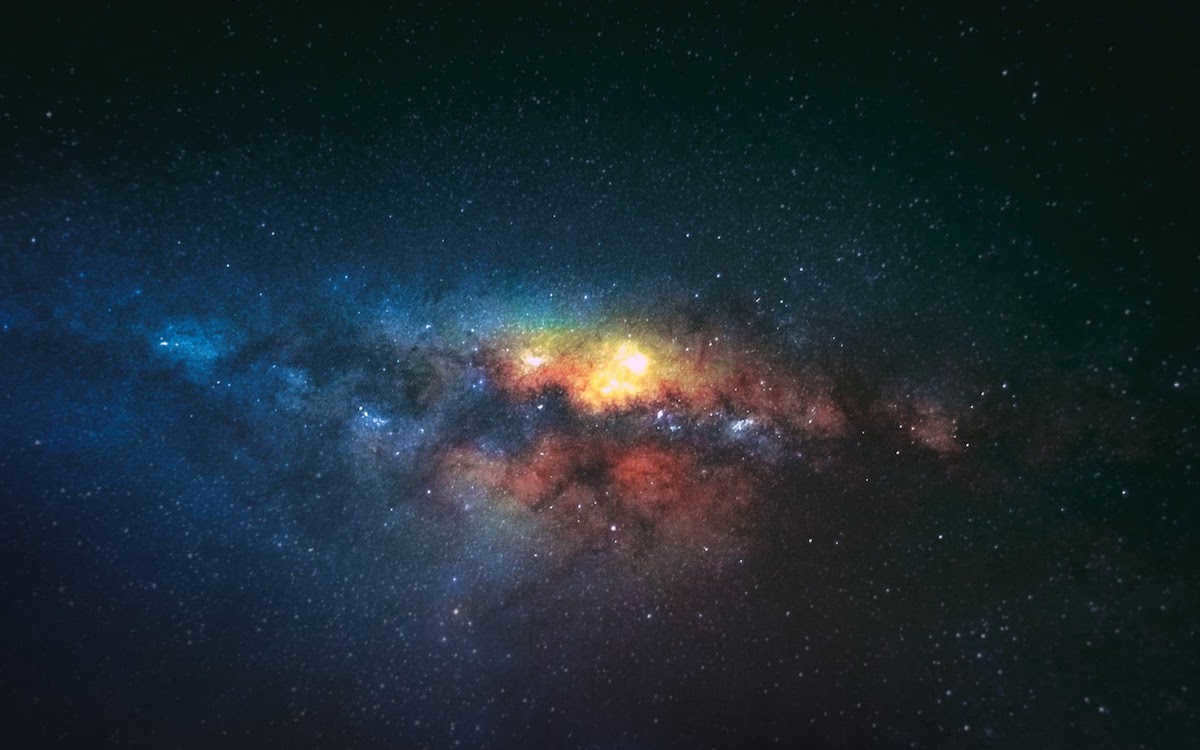
The Unique Achievement of Two Ships Leaving the Solar System
Water and air are not limited to Earth alone within the vastness of the solar system. The presence of subglacial oceans on Jupiter’s satellites has captivated scientists, sparking a desire to send a spacecraft equipped with a powerful drilling rig to explore these depths. To satisfy this curiosity, the European Space Agency has plans to launch the JUICE (Jupiter Icy Moons Explorer) mission in April 2023. This mission aims to study the icy satellites of Jupiter – Europa, Callisto, and Ganymede by collecting valuable data while orbiting around them. Although landing is not currently part of the mission, hope remains as the power of imagination has always played a role in advancing scientific progress.
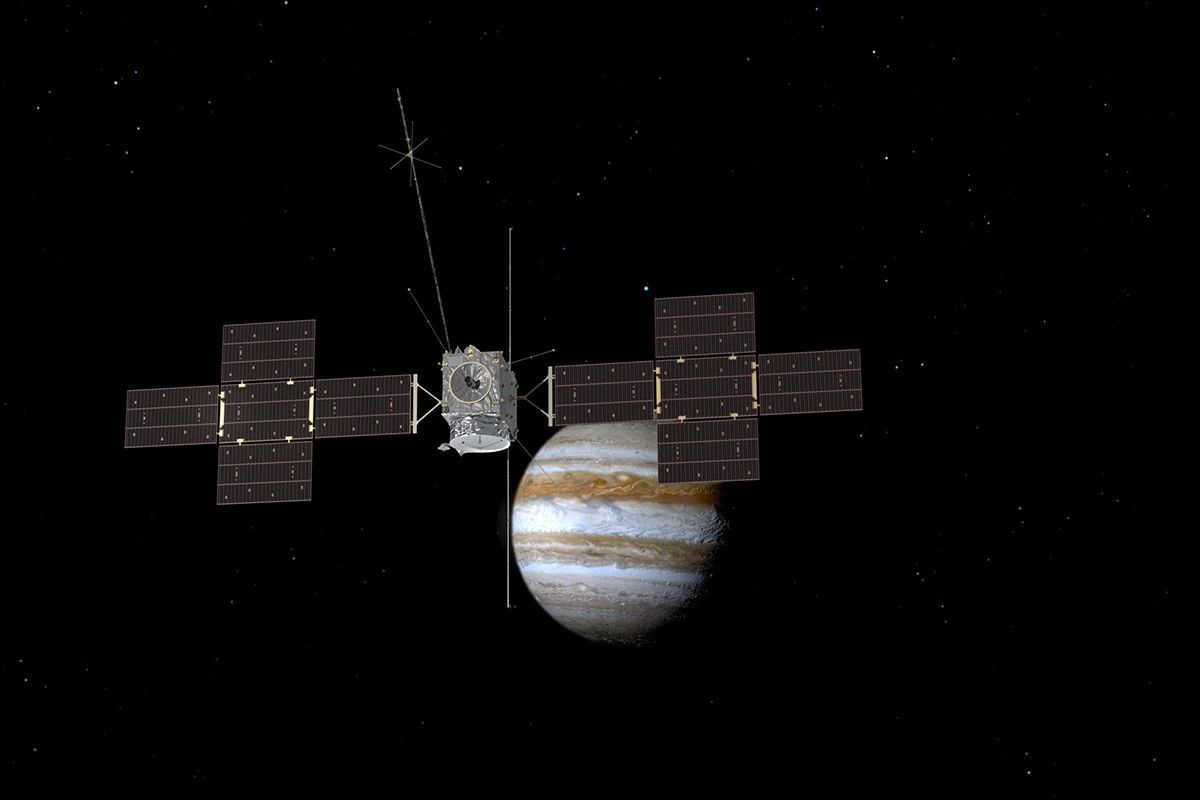
JUICE, an experimental spacecraft developed by the European Space Agency, is set to embark on a groundbreaking mission to study Jupiter and its trio of moons: Ganymede, Callisto, and Europa. These celestial bodies have long fascinated scientists due to their potential for hosting extraterrestrial life forms. With its state-of-the-art technology and scientific instruments, JUICE aims to gather crucial data and shed light on the mysteries of these captivating worlds.
Enceladus, another moon of Saturn, possesses a hidden secret: beneath its icy surface lies a saline ocean that has been heated by both internal and tidal forces for approximately one billion years. This extended period of time provides ample opportunity for the development of life. This ocean’s existence was revealed through the presence of geysers that expel water molecules into space. The Cassini spacecraft detected evidence of hydrothermal activity in these ejected water molecules, which is essential for the formation of living organisms. On Earth, hydrothermal vents at the ocean floor, where magma interacts with saltwater, have been believed to create a complex chemical composition that supports life.

